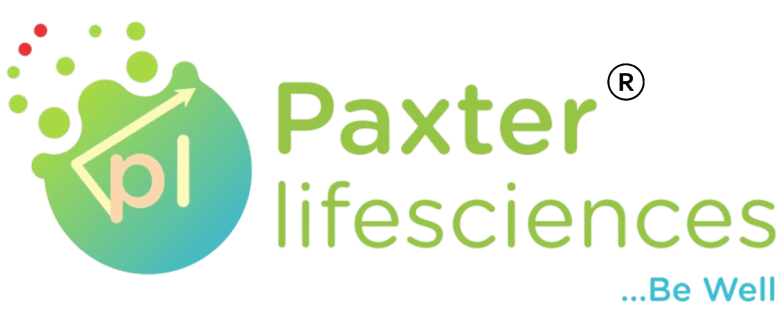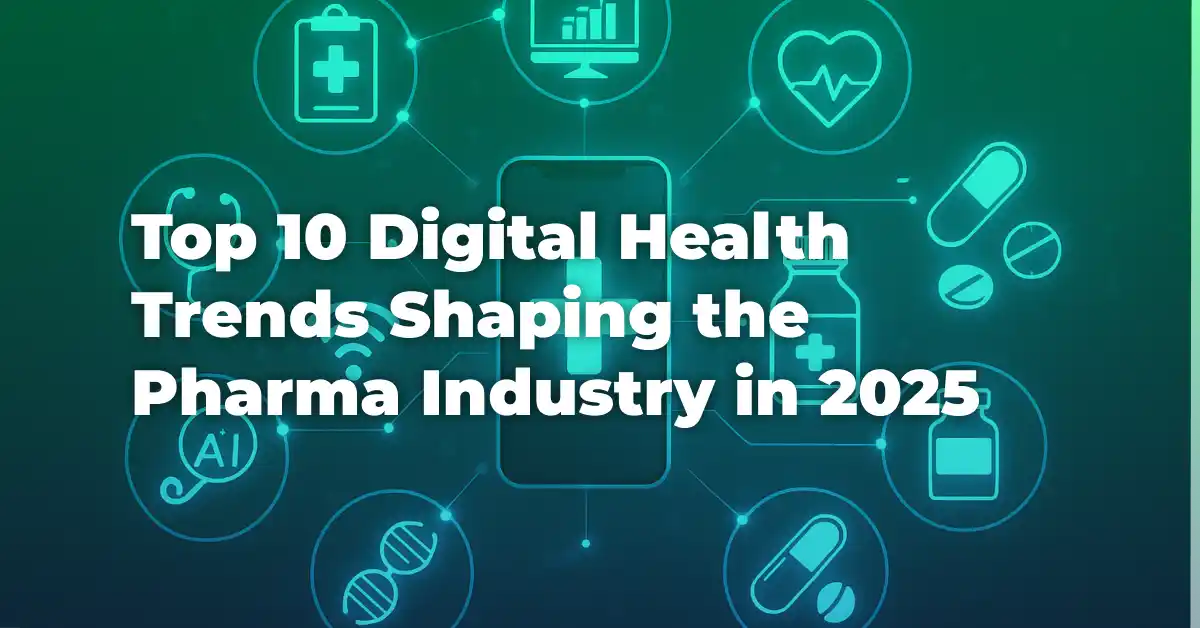Digital Health Is No Longer a Nice-to-Have
Remember when “digital transformation” was just a buzzword? Not anymore.
In 2025, pharma companies are fully leaning into digital innovation—not just to stay ahead, but to stay relevant. The way drugs are developed, delivered, and monitored is changing fast. And digital health is leading that charge.
In this post, we’ll explore the top 10 digital health trends shaping the pharma industry in 2025, and how they’re creating smarter systems, better outcomes, and a whole new level of patient engagement.

1. AI-Powered Drug Discovery and Development
Let’s start with the big one. Artificial Intelligence is slashing R&D timelines by helping pharma companies:
- Predict molecule interactions
- Model drug efficacy
- Identify risks earlier in the pipeline
AI isn’t just speeding up processes—it’s making drug development more precise and cost-effective.
2. Remote Clinical Trials Are the New Normal
COVID-19 accelerated virtual trials, and by 2025, they’re standard.
With wearable devices, e-consent forms, and remote monitoring tools, pharma companies are running faster, more inclusive trials that don’t require participants to travel.
This trend is one of the most impactful among the top 10 digital health trends shaping the pharma industry in 2025—and it’s here to stay.
3. Personalized Medicine Through Genomics
Thanks to digital tools, pharma companies are now leveraging patient-specific genetic data to tailor treatments.
From oncology to rare diseases, personalized medicine is making therapy more effective, and reducing side effects. It’s medicine made to fit—not forced to match.
4. Mobile Health Apps for Patient Engagement
Apps are no longer just for reminders. They’re full platforms where patients can:
- Log side effects
- Access personalized health tips
- Connect with care teams in real time
This kind of ongoing engagement boosts adherence, which improves outcomes—a win for patients and pharma alike.
5. Telehealth Integration in Chronic Care
Managing chronic diseases like diabetes, asthma, or hypertension? Telehealth is now embedded into treatment plans.
Pharma companies are partnering with digital health providers to ensure patients get guidance between doctor visits—right from their phones or tablets.
6. Blockchain for Transparent Supply Chains
Pharma has always struggled with counterfeit drugs and tracking. Blockchain is fixing that.
In 2025, blockchain tech is ensuring end-to-end traceability of products—from manufacturing to delivery. That’s a huge boost for compliance, safety, and trust.
7. Digital Twins for Process Optimization
Digital twins (virtual models of real-world systems) are now being used to simulate manufacturing environments and optimize production.
This helps pharma companies cut down on waste, improve quality control, and predict issues before they happen.
8. Voice Tech in Pharma Customer Support
Whether it’s patient helplines or HCP engagement, voice assistants powered by AI are simplifying support.
They’re faster, available 24/7, and becoming more accurate at understanding medical terminology—making them a growing player in digital pharma.
9. Data-Driven Pharmacovigilance
Adverse event monitoring is going digital. Tools now pull data from EMRs, social media, apps, and even wearable devices to spot potential issues sooner.
This is one of the more technical but critical digital health trends shaping the pharma industry in 2025, especially as regulations tighten.
10. Smart Packaging with Embedded Sensors
Imagine a pill bottle that tells you if it’s been opened or reminds you to take your next dose. That’s what smart packaging is doing—helping both patients and pharma track adherence more accurately.
It also helps reduce misuse and supports post-market surveillance.
Conclusion: Digital Health Isn’t a Trend—It’s the Industry Now
The top 10 digital health trends shaping the pharma industry in 2025 show us one thing clearly: pharma is no longer just about pills and prescriptions. It’s about platforms, personalization, and proactive care.
If you’re in the pharma space, now’s the time to embrace these changes—not just to compete, but to lead.
contact Us : https://paxterlifesciences.com/
Follow Us : https://www.instagram.com/paxter_lifesciences/






